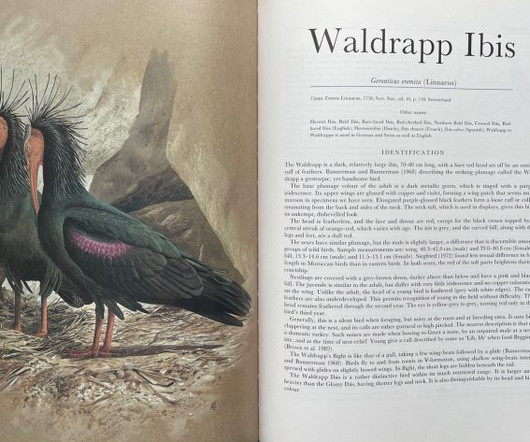The Cattle Egret Expansion
10,000 Birds
JULY 22, 2014
I’d like to introduce you to a diminutive heron, the Cattle Egret Bubuclus ibis. The Cattle Egret is native to Africa, where it is a familiar sight among herds of large mammals. They have expanded their range through Indonesia and into Australia and is found in post breeding dispersal as far north as South Korea and Japan.












Let's personalize your content